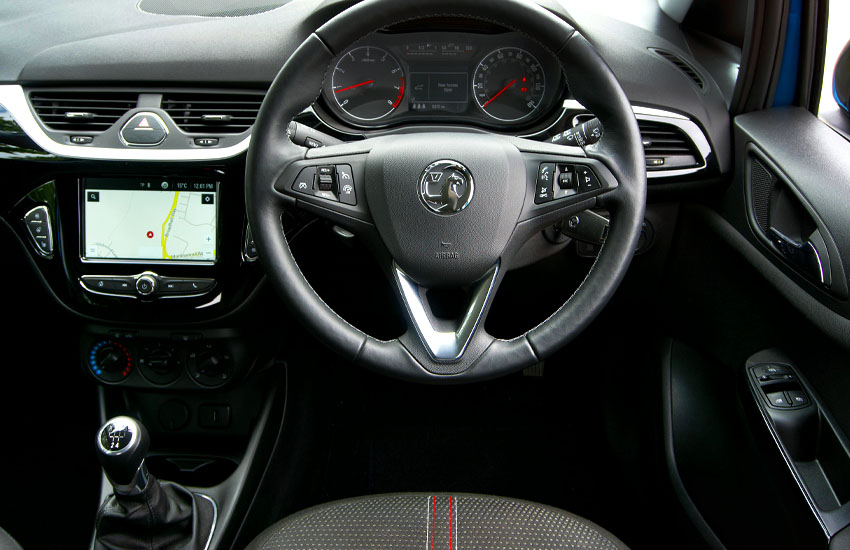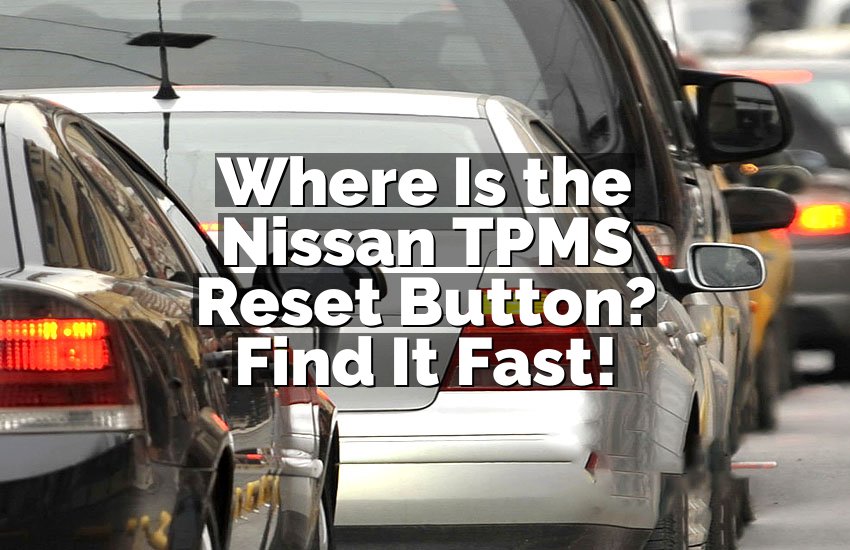So, your car won’t start, and you’re feeling a bit stressed. It’s not a fun situation, especially if you’re in a hurry, but don’t worry. One of the common issues that could be causing this is a bad fuel pump. The good news is that you can do a few things to get your car running again without needing to call in a mechanic right away. In this article, we’ll break down how you can identify a bad fuel pump, the steps you can take to start your car, and even share some tips and tricks you can use to temporarily bypass the issue. Let’s dive in!

Understanding the Symptoms of a Bad Fuel Pump
Imagine you’re driving down the road, and suddenly your car starts sputtering, the engine makes a weird noise, and then it just dies. That’s pretty much the worst case scenario, right? Or maybe you’ve tried to start your car, and it cranks but won’t turn over. Frustrating! One of the most common culprits behind these issues is a bad fuel pump.
What Is a Fuel Pump and Why Does It Matter?
First things first, let’s break down what a fuel pump is and why it’s so crucial to your car’s engine. A fuel pump is a part of your vehicle’s fuel system, and its job is to send fuel from the gas tank to the engine. If the pump is malfunctioning, the engine won’t get the fuel it needs to run properly, and that’s when you start experiencing trouble.
Signs of a Bad Fuel Pump
There are a few telltale signs that indicate your fuel pump might be on the fritz. If you’re not sure whether it’s your fuel pump causing the issue, look out for these common symptoms:
- Car Stalls or Jerks While Driving: If your car suddenly jerks or stalls while you’re driving, it could be because the fuel pump isn’t delivering enough fuel to the engine.
- Difficulty Starting the Car: A weak or failing fuel pump may make it hard for your car to start at all. You may hear the engine turn over, but it won’t fire up.
- Loss of Power When Accelerating: If you press the gas pedal, but the car doesn’t accelerate like it should or hesitates, that can be a sign of fuel pump trouble.
- Weird Noises from the Fuel Tank: If you hear whining or whistling noises coming from the fuel tank, this could indicate that the fuel pump is struggling to function.
- Sudden Drop in Gas Mileage: A bad fuel pump can also lead to a decrease in fuel efficiency, so if you notice your car’s mileage suddenly dropping, it’s worth checking the fuel pump.
Why It Happens
Fuel pumps don’t last forever. Over time, they can wear out due to things like dirt and debris in the fuel tank, a clogged fuel filter, or simple age. When the fuel pump isn’t able to supply the engine with enough fuel, you’ll notice performance issues.
Other Causes of Starting Issues
While a bad fuel pump is a likely culprit for your car not starting, there are other possibilities to consider. These could include a dead battery, a faulty alternator, or even an issue with your ignition system. But since we’re focusing on the fuel pump today, let’s look at how you can work around it.
Step-by-Step Guide to Starting Your Car with a Bad Fuel Pump
Okay, so you’ve identified that your fuel pump is likely the problem. Now what? You don’t have to call a tow truck just yet—there are a few things you can try to get your car started without breaking the bank. These tips and tricks are meant to help you temporarily bypass the fuel pump issue and get your engine running. However, keep in mind that these are short-term solutions, and you should still have your fuel pump replaced as soon as possible.
1. Tap the Fuel Tank
One of the easiest things you can try when your fuel pump isn’t working properly is tapping the fuel tank. Sounds odd, right? But here’s the logic: if your fuel pump is struggling to start, giving it a little nudge might help the mechanism inside start working again. You can do this by gently tapping the bottom of the fuel tank with a rubber mallet or even a wrench. The vibration may help loosen up the pump and get it functioning again, at least for a little while.
2. Check the Fuse
Believe it or not, sometimes the issue could be as simple as a blown fuse. If your fuel pump fuse is damaged, it may prevent the pump from working at all. Most cars have a fuse box where you can check and replace fuses, and your fuel pump fuse should be clearly labeled. If you’re not sure where to find it, check your car’s owner manual for guidance. If you find a blown fuse, replace it with a new one and see if your car starts up.
3. Use a Fuel Additive
Fuel additives can be a lifesaver when your fuel pump is struggling to do its job. These additives help to clean out the fuel system and improve fuel flow, which might temporarily help your fuel pump get enough fuel to the engine. Simply pour the additive into your gas tank and see if it helps your car start up. While it’s not a permanent fix, it can help you buy some time until you can replace the fuel pump.
4. Try Starting the Car Multiple Times
Sometimes, simply trying to start your car multiple times in quick succession can help prime the fuel pump. When you turn the key to the “on” position (without cranking the engine), you’re allowing the fuel pump to prime and pressurize the fuel lines. Try turning the key to the “on” position for about five seconds, then turning it off and repeating the process a few times. This might help you get enough fuel to the engine to start the car.
5. Jump-Start the Car (If Necessary)
If your fuel pump isn’t getting power, your battery might be contributing to the issue. If you think the battery could be part of the problem, try jump-starting your car. Sometimes, a weak battery can prevent the fuel pump from getting the power it needs, so boosting your battery might give the fuel pump enough juice to get your car going.
6. Check the Fuel Filter
While not always the problem, a clogged fuel filter can make your fuel pump’s job harder. If the fuel filter is blocked, the pump will struggle to push fuel through, causing engine issues. If you can access the filter, check it for any debris or blockages. Replacing the filter may improve fuel flow and get your car running again.
7. Keep the Tank Full
If you’ve ever heard the advice to keep your gas tank at least half full, this is part of the reason why. If your fuel pump is on the verge of failure, running your tank too low could cause it to burn out completely. Keeping the tank full helps ensure that the fuel pump is always submerged in gasoline, which prevents it from overheating or getting damaged.
8. Try Starting the Car in Neutral
Sometimes, when there’s an issue with the fuel pump or engine, trying to start your car in neutral can make a difference. If your car has a manual transmission, make sure the gear is in neutral before starting. If it’s an automatic, shift it into neutral and see if that helps. It might sound simple, but you never know—this could be all your car needs to get moving again!
I hope these tips give you a fighting chance to get your car running while you wait for a full repair. While they’re not permanent solutions, they can definitely buy you some time.
I hope this guide helps you figure out how to start your car with a bad fuel pump. While it’s never ideal to deal with a malfunctioning pump, trying out these tricks could save you from needing a tow truck. Remember, these are temporary fixes, and it’s always best to get your fuel pump replaced as soon as possible to avoid more serious issues down the road.
Frequently Asked Questions
Is it safe to drive with a bad fuel pump?
Driving with a bad fuel pump can cause engine failure and might leave you stranded. It’s best to address the issue as soon as possible.
Can a bad fuel pump cause the engine to overheat?
While a bad fuel pump typically doesn’t directly cause overheating, it can affect engine performance, potentially leading to other issues that contribute to overheating.
Do I need to replace the entire fuel pump?
In most cases, if your fuel pump is malfunctioning, replacing the entire pump is necessary. However, some repairs may be possible depending on the issue.
Is there a way to test if the fuel pump is bad without removing it?
Yes, you can test the fuel pump by checking the fuel pressure using a gauge or listening for the pump’s operation when the ignition is turned on.
Can I fix a fuel pump myself?
Fixing a fuel pump yourself is possible if you have the right tools and experience. However, it can be a challenging task, and it’s often better to hire a professional mechanic.
Is it okay to tap the fuel tank if the fuel pump is bad?
Tapping the fuel tank may temporarily help if the fuel pump is stuck, but it’s only a temporary fix. You should get it replaced soon.
Can a clogged fuel filter affect the fuel pump?
Yes, a clogged fuel filter can cause strain on the fuel pump, affecting its performance and possibly leading to a failure.
Is it worth trying fuel additives to fix a bad fuel pump?
Fuel additives can help temporarily clean the fuel system and improve fuel flow, but they won’t solve a bad fuel pump. It’s best to replace the pump.


